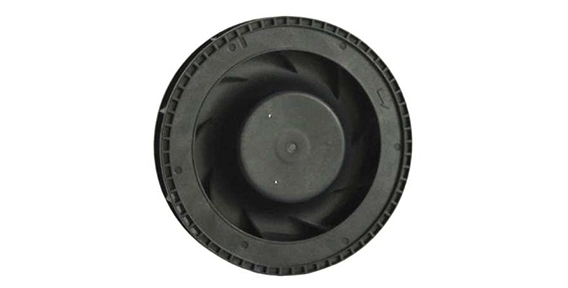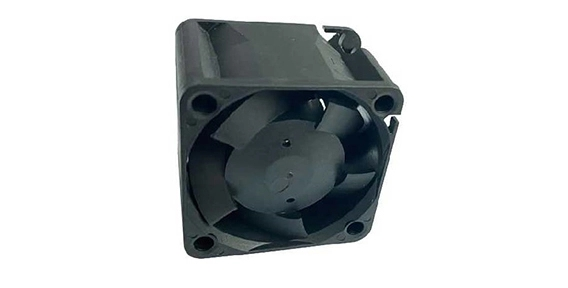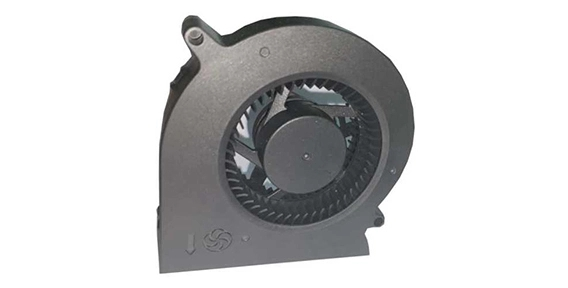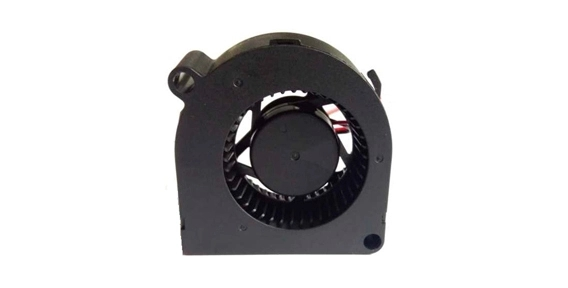Centrifugal blower fans are widely used in various industries for the movement of air or gas. They are crucial in maintaining the desired air flow rate and pressure in many applications, including HVAC systems, manufacturing processes, and ventilation systems. However, these fans can be energy-intensive, making it important to understand the energy efficiency aspects associated with them. In this article, we will discuss the efficiency of centrifugal blower fans at varying operating points, system resistance and efficiency optimization, and maintenance practices to sustain long-term efficiency.
Understanding Centrifugal Blower Fan: Efficiency at Varying Operating Points
Centrifugal blower fans are designed to operate within a specific range of operating points, which refers to the combination of air flow rate and system pressure. The fan's efficiency can vary significantly at different operating points. It is crucial to select the appropriate fan size and speed to match the system requirements to ensure optimal efficiency.
Operating the centrifugal blower fan at its peak efficiency point is essential to minimize energy consumption. The peak efficiency point is often referred to as the fan's best efficiency point (BEP). Operating the fan away from the BEP can result in reduced efficiency, increased energy consumption, and higher operating costs.
To determine the optimal operating point, it is important to consider the system requirements and the fan's performance curve. The performance curve represents the relationship between air flow rate and static pressure produced by the fan. It is recommended to consult the fan manufacturer or use advanced software tools to accurately analyze the operating points and select the most energy-efficient solution.

Centrifugal Blower Fan: System Resistance and Efficiency Optimization
System resistance plays a significant role in the overall efficiency of centrifugal blower fans. System resistance refers to the pressure drop that occurs due to various factors, including ductwork, filters, dampers, and other components in the air handling system. Higher system resistance requires the fan to work harder to overcome the pressure drop, resulting in increased energy consumption.
Efficiency optimization can be achieved by minimizing system resistance. Proper design and installation of the air handling system, including the selection of suitable duct sizes, minimizing bends and obstructions, and utilizing smooth airflow paths, can significantly reduce system resistance.
Regular inspections and maintenance of the air handling system are also essential to ensure that filters are clean, dampers are functioning properly, and there are no obstructions that can increase system resistance. By optimizing the system resistance, the axial cooling fan can operate at a lower pressure and achieve higher efficiency, leading to energy savings.
Centrifugal Blower Fan: Maintenance Practices and Sustaining Long-Term Efficiency
Maintenance practices play a critical role in sustaining the long-term efficiency of centrifugal blower fans. Regular inspection, cleaning, and lubrication are necessary to ensure the fan operates at its peak performance.
One essential maintenance practice is cleaning or replacing air filters regularly. Dirty filters can restrict airflow, increase system resistance, and decrease the efficiency of the fan. By keeping the filters clean, the axial cooling fan can operate at optimum efficiency, saving energy and prolonging the life of the fan.
In addition to filter maintenance, it is important to inspect and clean fan blades, bearings, and belts. Any buildup of dirt, dust, or debris on these components can impede airflow and reduce efficiency. Lubrication of bearings and belts also ensures smooth operation and minimizes friction, leading to energy savings.
In conclusion, understanding the energy efficiency aspects of centrifugal blower fans is crucial to minimize energy consumption and operating costs. Operating the fan at the peak efficiency point, optimizing system resistance, and implementing regular maintenance practices are essential in achieving energy efficiency. By considering these aspects and following proper maintenance procedures, the centrifugal blower fan can sustain long-term efficiency and contribute to overall energy savings.


 EN
EN 

 +
+
 +
+
 +
+



